Charlize Theron, Amanda Seyfried, Monica Bellucci, Emma Watson Star in Stunning Photo Book
Photographer Vincent Peters explains his philosophy behind taking iconic celebrity portraits.
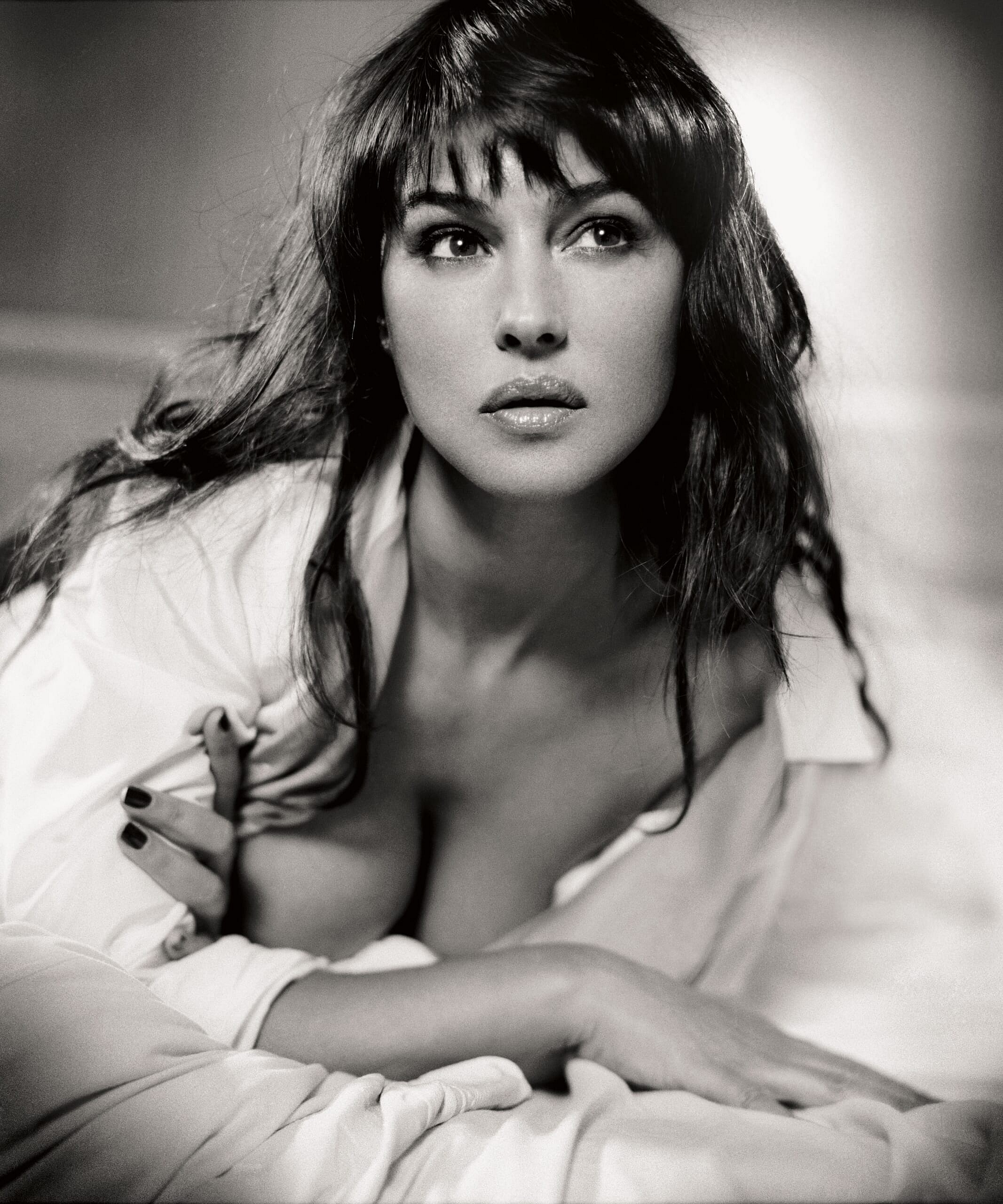
At 52 years old, German-born photographer Vincent Peters is quite young in relation to the great lensmen with whom he is often compared.
Peters, whose portraits and fashion editorials have graced the pages of major magazines such as Vogue, Glamour, GQ and many others over the past 25 years, prefers to shoot on film, and favors black-and-white for most of his work; his photographs have a classical, timeless quality.
This elegant approach to his chosen medium is evident in an alluring new book from German luxury publisher teNeues, Vincent Peters: Selected Works, brought out in conjunction with a major solo exhibition titled Light Within, at Fotografiska museum in Stockholm.
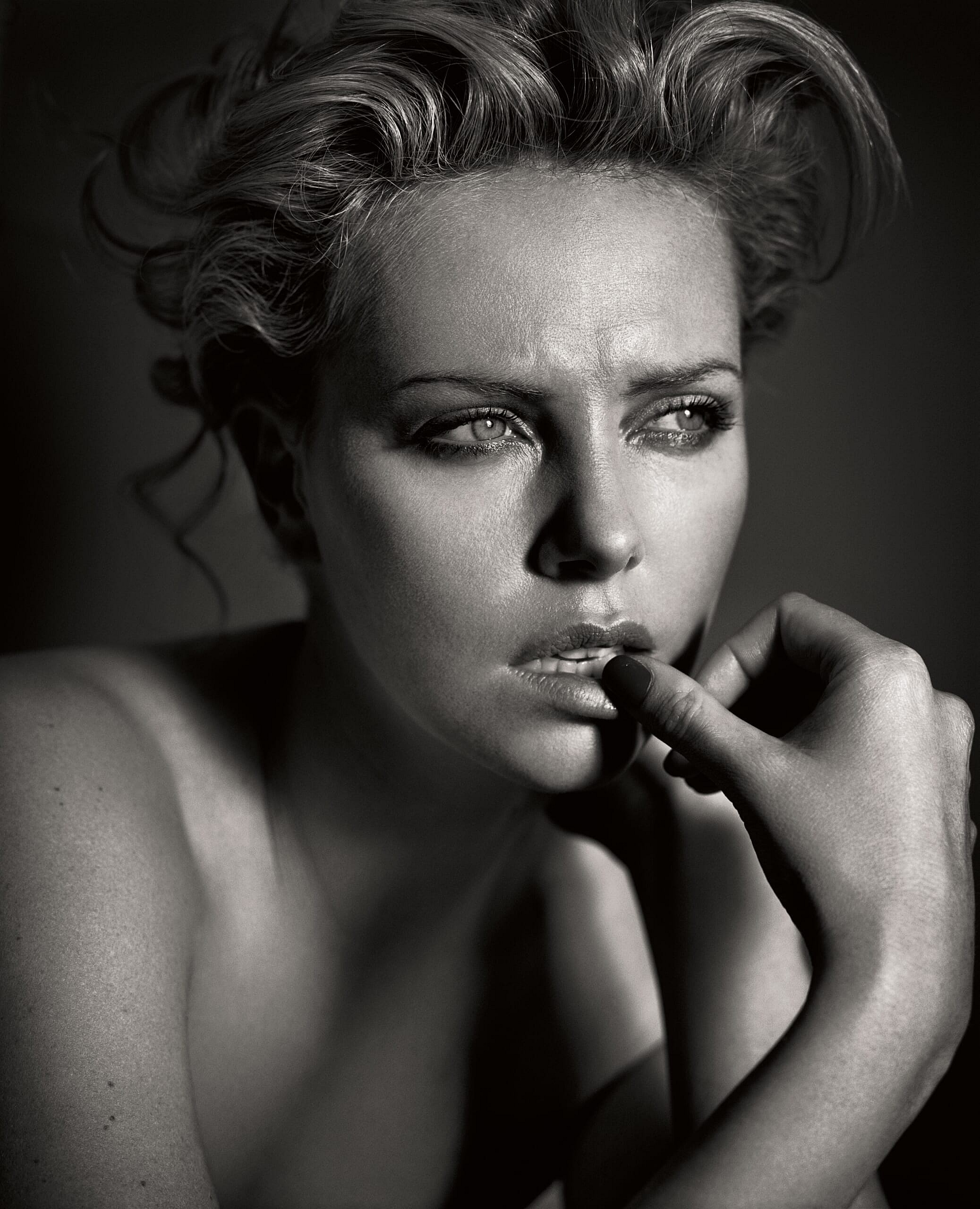
The book features over 200 images selected by Peters, including some of his most iconic celebrity portraits of Emma Watson, Scarlett Johansson, Charlize Theron, Laetitia Casta, John Malkovich, and Mickey Rourke, among others.
Peters strives to “convey human contact, without the need of being provocatively shocking to make an impact,” as Fotografiska puts it. “He feels that we’re losing the value of human contact, and that increasingly more of our digital age is about eliciting a reaction rather than establishing communication.”
We spoke to Peters about this and other subjects:
Was your work considered a bit too artistic initially? What drew you to fashion and portrait photography?
I actually came from gallery work—but when I started in fashion photography that was a certain opening of painting, fashion and conceptual ideas blending together. Magazines like The Face and Dazed and Confused were mainly searching for photographers with ideas rather than an established status. Authorship was very important.
How did you develop your personal style over the years? And how have you remained true to your vision and yourself?
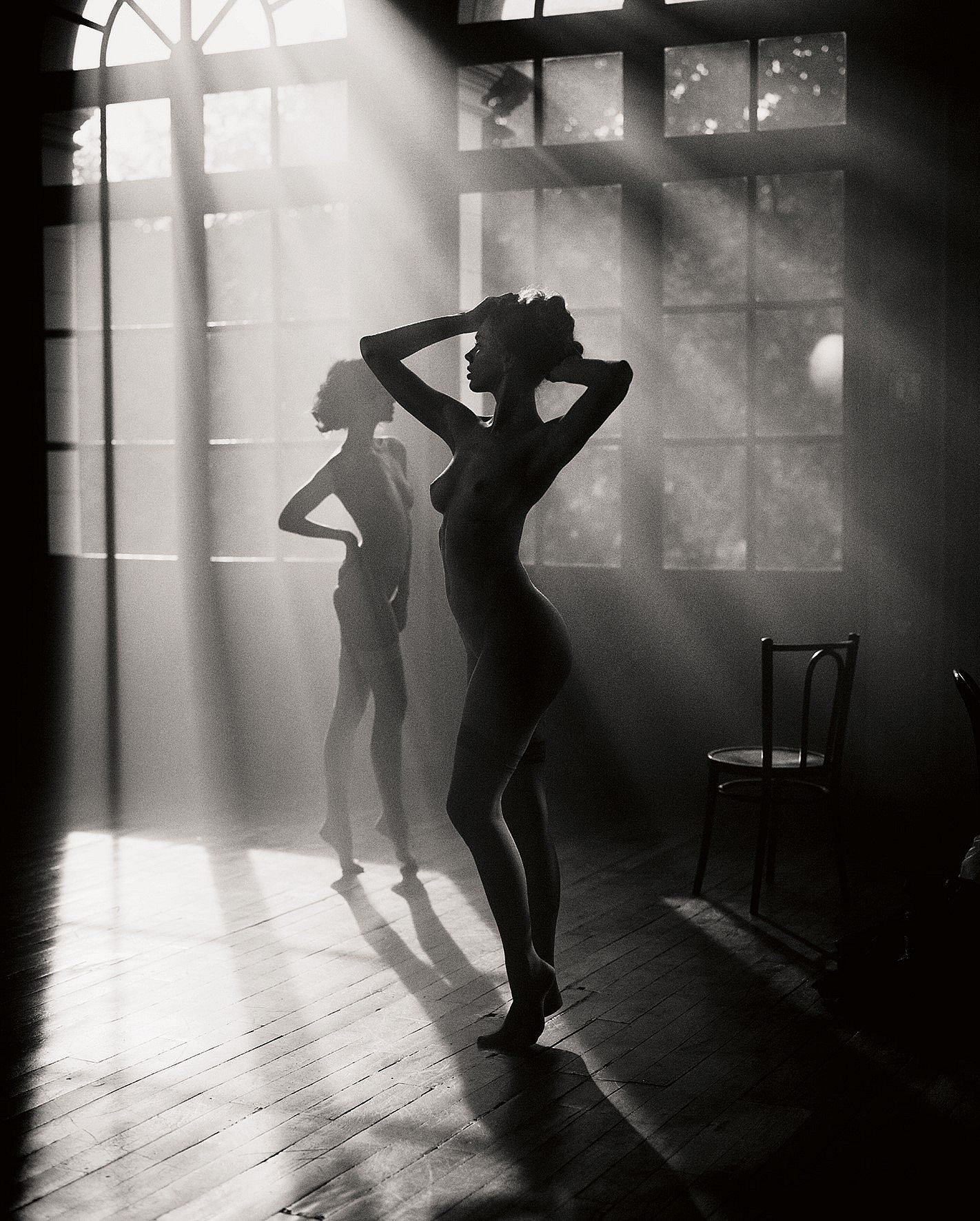
I think there it is a long searching process that leads you back home if you’re honest about yourself. There is a revelation process of discovering deeper levels of early influences in your work that are actually surprising. I believe that your personal style is just a way to visually manifest those sensibilities that you always had in your mind.
Why do you prefer film? What are your views on digital technology?
It’s a very emotional process and I react a lot more to film and the quality of it. I also prefer the production process [of film] because I’m not confronted with the result immediately, as I would be if I was shooting digitally. It usually takes days, sometimes weeks until I see the results. My mind has by then already moved on and I see the pictures in a different way. Shooting film means you have a lot less control, and I like that.
Why did you decide to only include black-and-white images in the book and exhibition?
Photography is a lot like music—you choose the instrument to play your melody or share a certain mood. The mood of black-and-white is the instrument that plays the music I like to hear. It’s more like jazz.
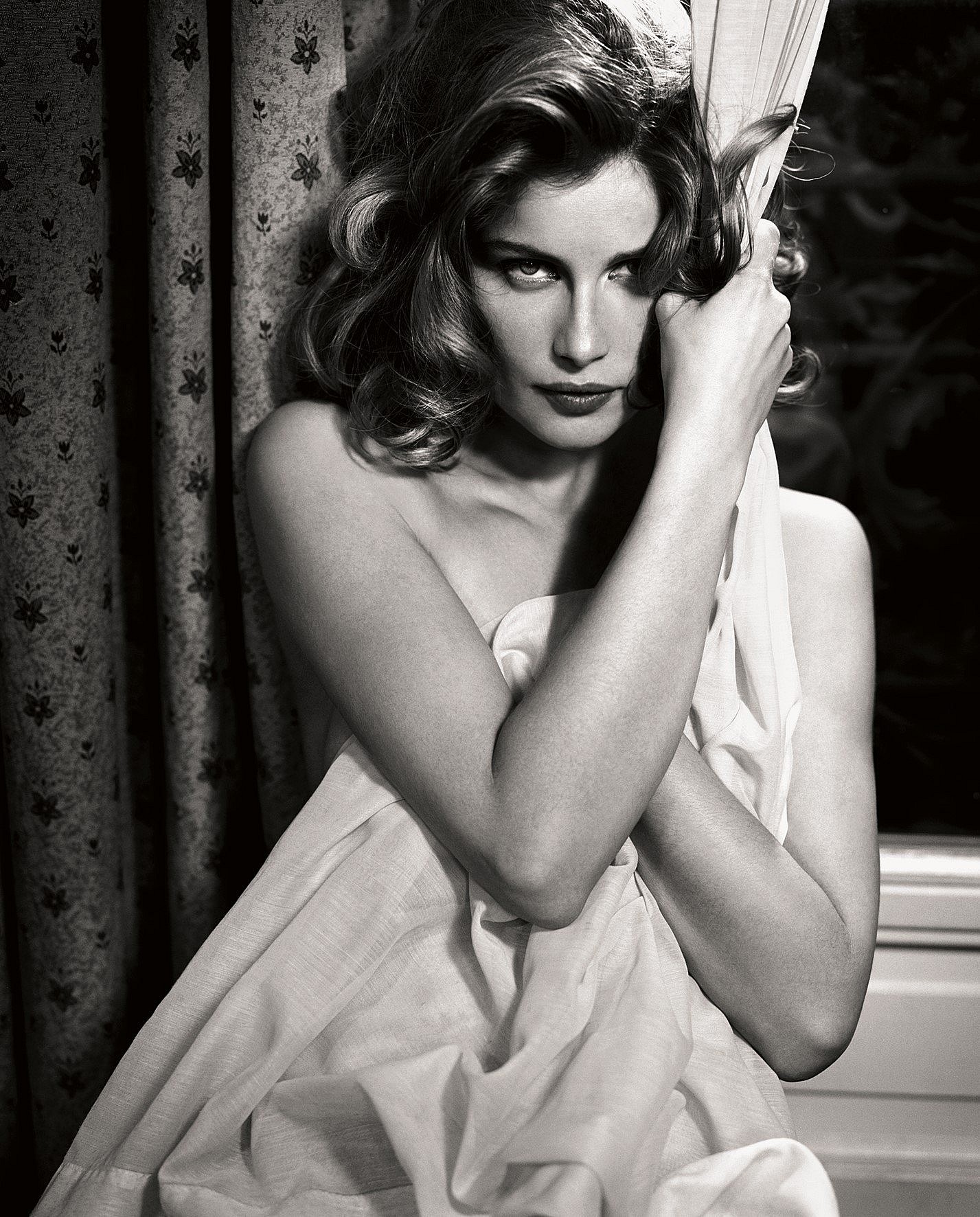
After 25 years, what things continue to inspire you, and where do you find fresh inspiration?
What I always like to remember is ”Don’t look for the universe, if you have the stars inside yourself.” I think any true artistic process is turning inward. There is an inspiration inside of you through everything that we collect over time. It just needs to be developed like an unexposed film.
What are the differences, and different challenges, in photographing models and celebrities?
It’s a very different approach! A model knows exactly what you want but the celebrity brings in personality and character on a very different level. If you have a strong vision it may be better to work with the model because it’s more neutral.
A celebrity will be always more of a portrait…. I definitely like to shoot people and make them be part of the scenarios I have in my head. I love seeing how they play the role and how the camera interprets/captures it.
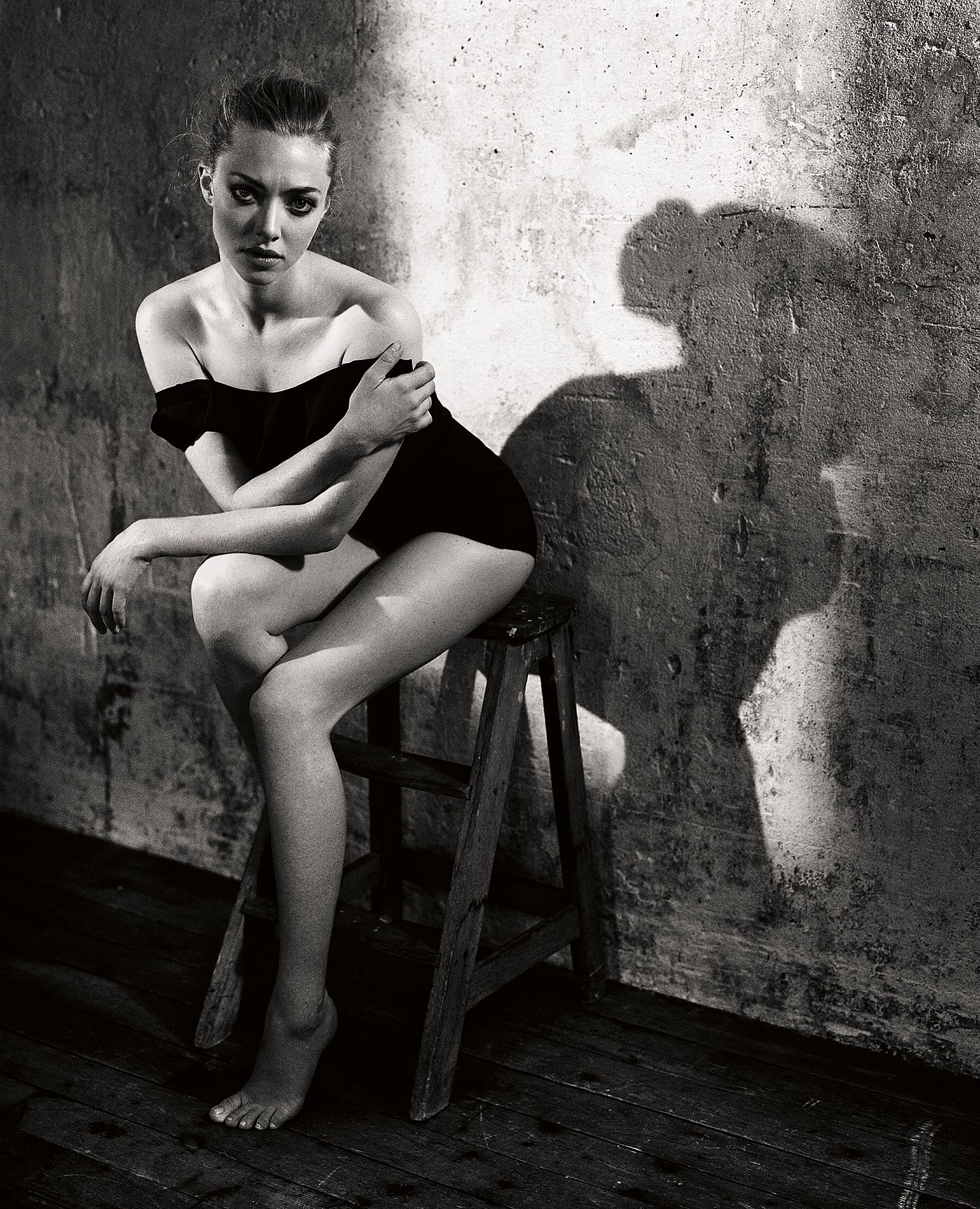
Where do you think the future of photography is headed in the next decade?
Social media and iPhone cameras completely changed photography. It turned everybody into photographers. There is a lot to say about why photography is so successful and why we feel we have to capture all the moments in our always-exhilarating lives. Photography is a reaction of the deeper cultural need of making everything available and attainable.
What are the biggest challenges facing young photographers today?
I feel a difficult challenge for young photographers today is to develop their own ideas and style in a market that is more and more commercial and result orientated. There is little space to experiment and make mistakes!
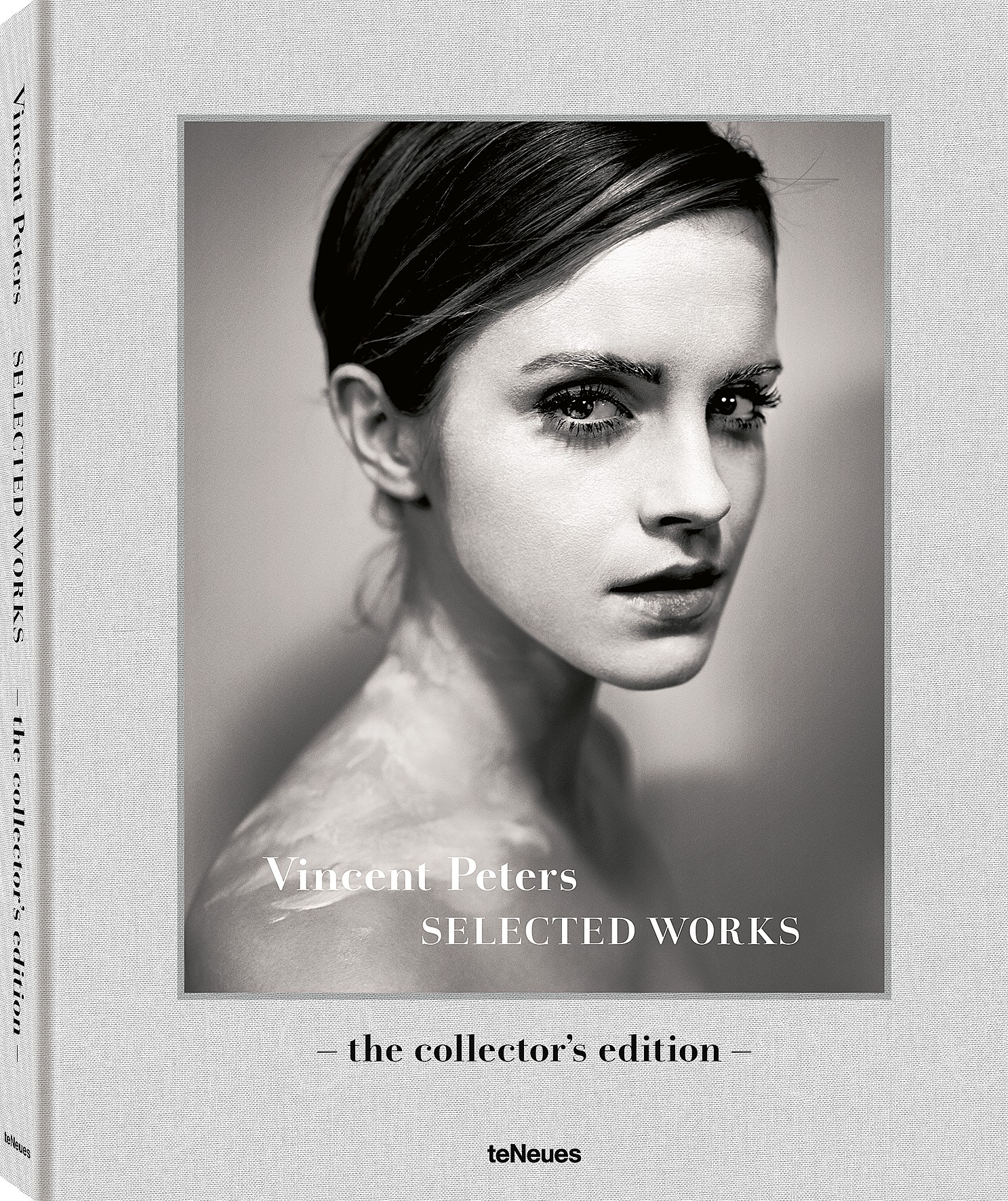
Who would you most like to work with next?
There are always names and people that I would love to get in front of my lens or see how that would come out in “my movie,” like you want to see certain actresses in the Hitchcock film and see how it would turn out.
That said, I would also love to go to Kabul and shoot women on the street, and wonder how it would look like if I take a picture of them in a way that it speaks to me. We all have some kind of subconscious filter of how we see reality.
As a photographer you just have a better technical understanding of how to visualize it.
